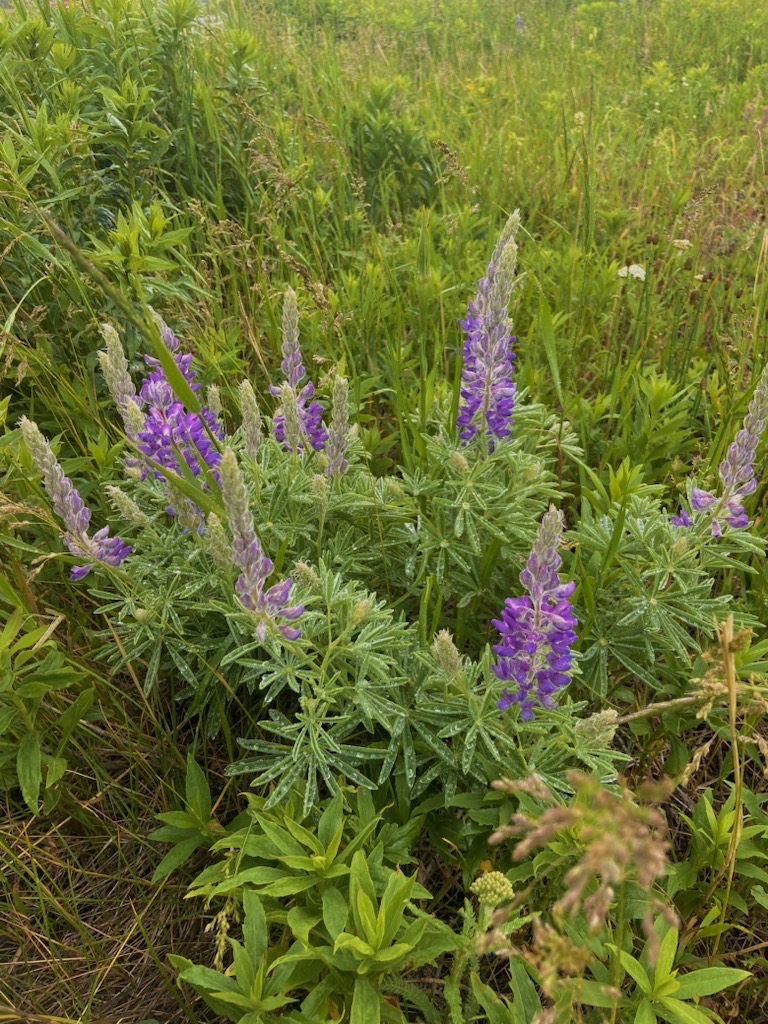The trailer rattled along the unpaved roads leading into the Bob Marshall Wilderness. It was the only thing breaking my trance as stands of Quaking aspen waved at the window of the Toyota Sequoia. A group of eleven students emptied out into a neatly groomed campground with nothing but sixty pound backpacks and a hunger for knowledge. An anxious feeling to get started – perhaps on academics, or maybe to cultivate relationships with the strangers I’d be with for the next six weeks – began to set in. I found myself at the base of a Ponderosa pine: a towering giant I’d met just last summer but missed like an old friend after returning home to New England. My hand rested on its cracking orange bark, rough with years of confident growth. As I stared up at the canopy, that same confidence was instilled within me.
The next nine days were spent trembling under the weight of my backpack as I carried it across the prairies, rivers, and mountains of what was becoming known to me as “The Bob.” In the time that it took my legs to stabilize under this newfound weight, my thirst for taking in the world around me only continued to parch my throat. The further we hiked, more flowers painted the trail. As we ventured deeper into the coniferous forests, I only craved to speak their names louder.

I felt insatiable.
Sitting around the Whisperlite stove one evening, I noticed a nine-leaved palmately-shaped plant, sage green with a silver dusting. With dinner still twenty minutes out, an exploration began. On the edge of a rocky outcropping stood a bright purple flowering plant. Taller than any other on that slope, the multiple cups that lined the stem worked their way from the tip to the grass. It was then that I saw those nine leaves. I ushered my instructor over to show him the discovery and he flipped through a Montana State Flower Guide, just as excited as I was to learn. The Tailcup lupine has been plentiful throughout our backpacking trip, a constant reminder of the childlike wonder that possessed me not only that evening, but with each unknown plant that I passed. However, I’m not the only one within whom that wonder resides. A classmate of mine crouched over a stalk of white bulbs looking puzzled. Yarrow. One of my favorite plants for their medicinal uses as a coagulate. I shared this knowledge and the way to identify it before we continued on. Slowly this identification spread and the name of this flat-topped feathery-leaved plant was shouted throughout our hiking line, each time with more confidence and enthusiasm than the last.
This was a repetitive cycle. Our curiosity was sparked by the world around us; we asked one another questions, then checked identification books if all else failed. The reward of knowing that the yellow flower that keeps brushing your ankles is Sulfur cinquefoil is indescribable. Sharing that feeling with your friends increases that sense of joy because the connection between yourself and the natural world is understood by another.
My head spun with wanting to know the name of every organism that crossed my path, but the Internet does not exist deep in the backcountry. Each question required that I sit with the plant and observe its features–get to know it. Robin Wall Kimmerer describes this way of learning best in an interview with Leath Tonino. She says, “if I want to know how water is important to moss, I’m going to go to wet places and be with moss, and I’m going to go to dry places and be with the moss, and I’m going to discover whatever I can.” She concludes by stating “patience and commitment are the key to learning from a being or place.” Flipping through identification books until I found a matching description became therapeutic. It was a chance to slow down and immerse myself in the environment. When I finally discovered who I was looking at, it was as if I won the lottery. That joy stuck with me every single time I passed another of its kind. I can never forget it.
I may have returned to Montana with a desire to see Field chickweek and Alpine paintbrushes, but I am grateful to have made the acquaintance of Lodgepole pines, Northern vetch, and Englemann spruce. They have awed me with their height, captured me with their color, and puzzled me with their likeness to east coast conifers. The first step in a relationship is introductions. As I familiarized myself with the native plants of The Treasure State, I was creating bonds with those strangers who stepped out onto that campground beside me. I not only know their names, but the places they thrive and what helps them grow. While I am only but a visitor in the Bob Marshall Wilderness, the flora and fauna call it home. The least I can do is learn the names of those that reside here.
2 Replies to “Creating Relationships with the Land by Emily DiGiacomo”
Comments are closed.
Wow! That was an amazing description of your experience in the wilderness. I can picture it all as I read your words. Sounds so exciting and relaxing at the same time. Takes me back to a simpler time when we enjoyed being outdoors. I admire the respect for nature and the thirst for knowledge. Well written!
Emily
Your words paint like an artist brush.
The more I read the more I envision.
Great job
Papa